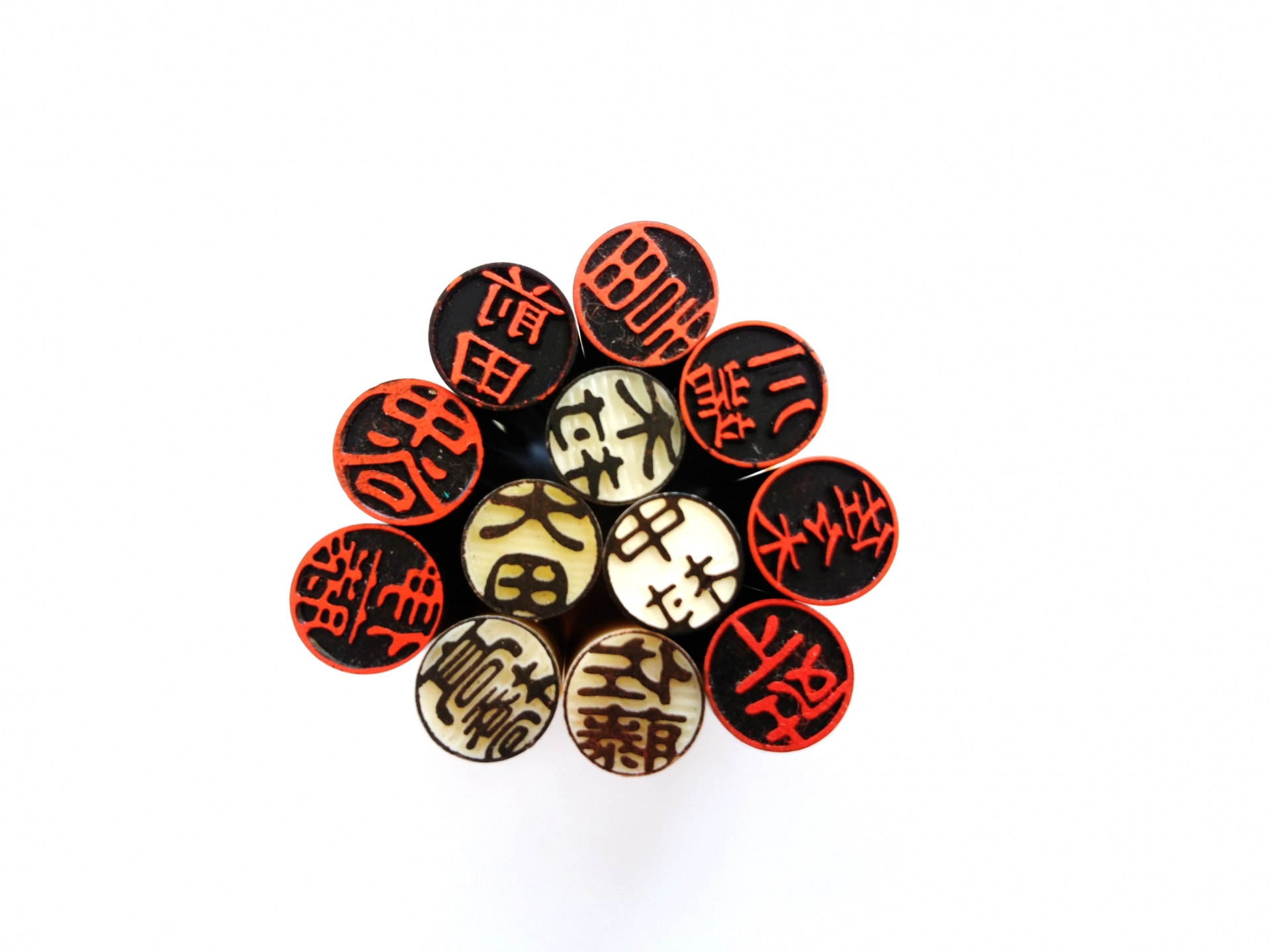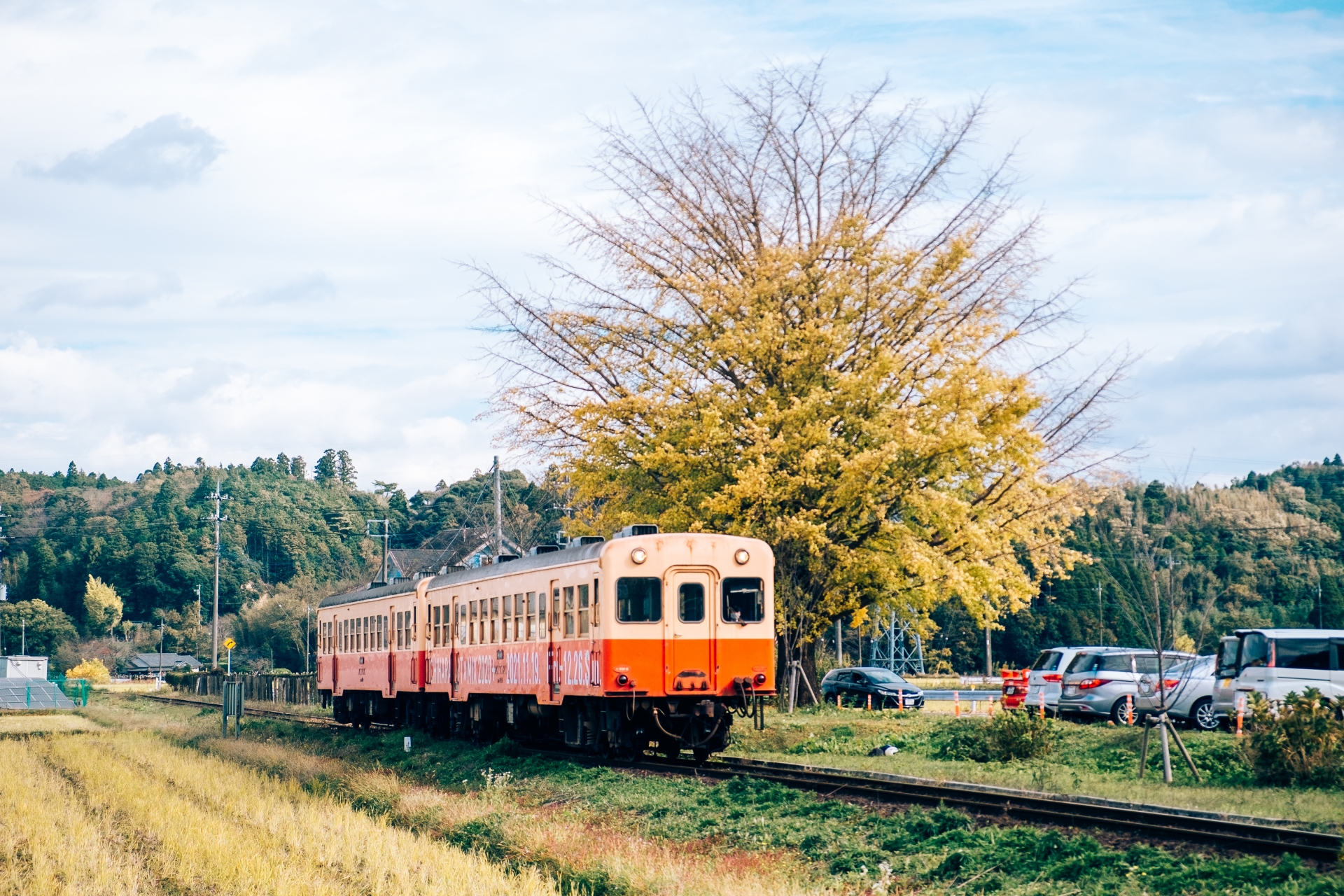
Mao Goto is a Japanese freelancer who was born in Hayama, Kanagawa prefecture, and raised in Tokyo. Since 2016 she lives in the Taito Ward, home to a lot of Japanese culture hotspots such as Asakusa, Akihabara, and Ueno. She has been interested in the field of English education in Japan and got her Master’s degree in March 2020. A lover of photography, travel, sweets, and cross-stitch. Contact her via Facebook.
This post may contain some affiliate links. When you click through and make a purchase we may receive some commission, at no extra cost to you.
Did you know that most Japanese surnames have uniquely derived meanings with strong ties to Japan’s culture and history? I’m sure you might recognise Japanese celebrity names like “大谷 (Ohtani)” for 大谷翔平 (Shohei Ohtani), one of the most popular players in Major League Baseball, or “近藤 (Kondo)” for 近藤麻理恵 (Marie Kondo), who is a famous organizing consultant, or, “宮崎 (Miyazaki)” for 宮崎駿(Hayao Miyazaki), the renowned Japanese animator, director, producer and co founder of Studio Ghibli. With so many unique surnames in Japan, it can often be difficult to remember them all. Here, we will teach you some of the most common surnames and their origins. Each surname featured within this article and their popularity ranking are taken from the website below.
Reference: 名字由来net (As of June 2025)

1. Sato

The most common surname throughout all of Japan is 佐藤 (Sato). It is estimated that there are approximately 1,862,000 people with this surname living in Japan, most of them located in the Tohoku region. The kanji 佐 (Sa) means “to help or assist”, and 藤 (to) means “wisteria flower”. The surname “Sato” is said to have originated from one of the members of the Fujiwara clan (藤原氏), a famous noble family in ancient Japan.
2. Suzuki
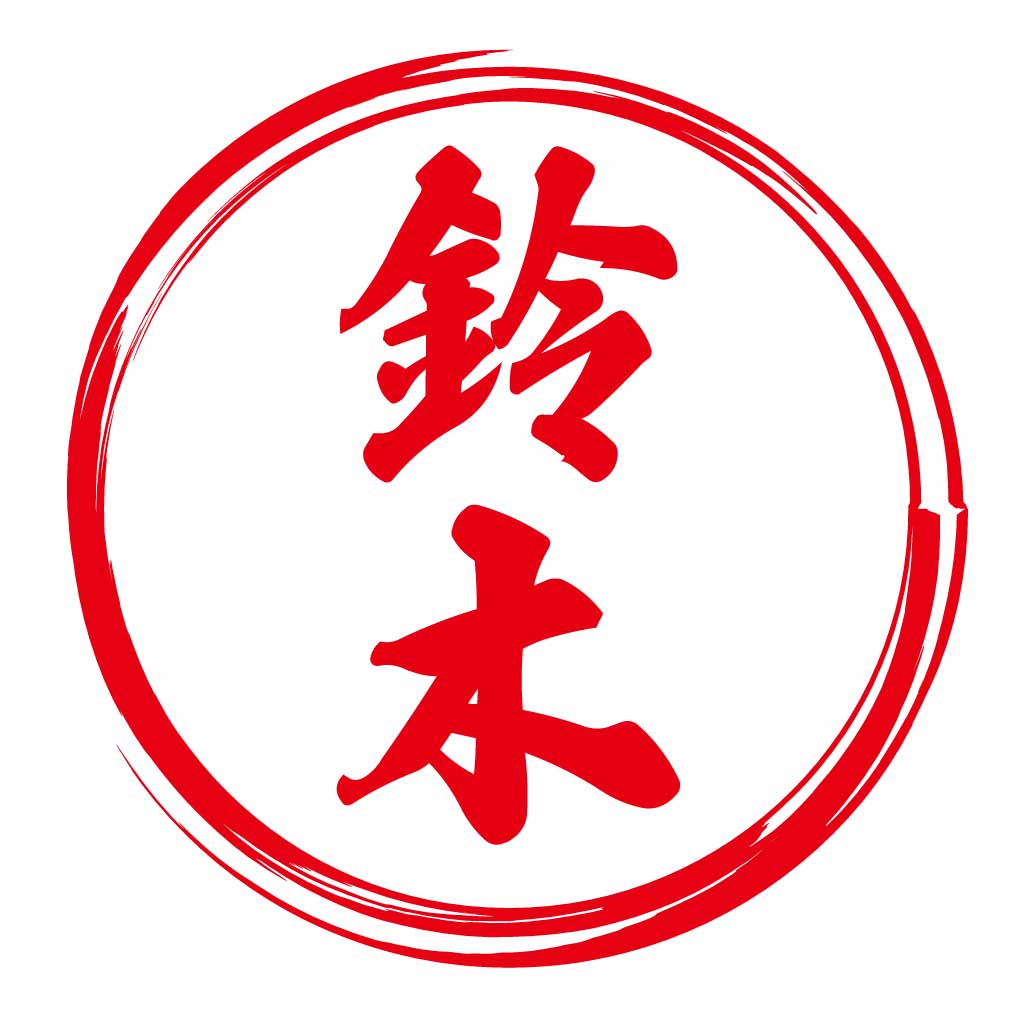
鈴木 (Suzuki) is the second most common surname in Japan, there are about 1,791,000 people who have this name nationwide. You may know this name from the famous Japanese baseball player 鈴木一郎 (Ichiro Suzuki) who played for the Seattle Mariners in America, or from the well-established vehicle brand. The kanji 鈴 (Suzu) means “bell”, and 木 (ki) means “wood”. There are many theories about the origin of the surname Suzuki. However, one of the most popular theories is that the name originated in the Kumano region of Kii (紀伊, present-day Wakayama and the southern part of Mie prefecture), where a ritual that consists of putting a stick into a pile of rice straw after each harvest to pray for more in future would occur. The name of the stick used in this ritual was referred to as “すすき (Susuki)”, which is thought to have been the origin of the Suzuki family name.
3. Takahashi
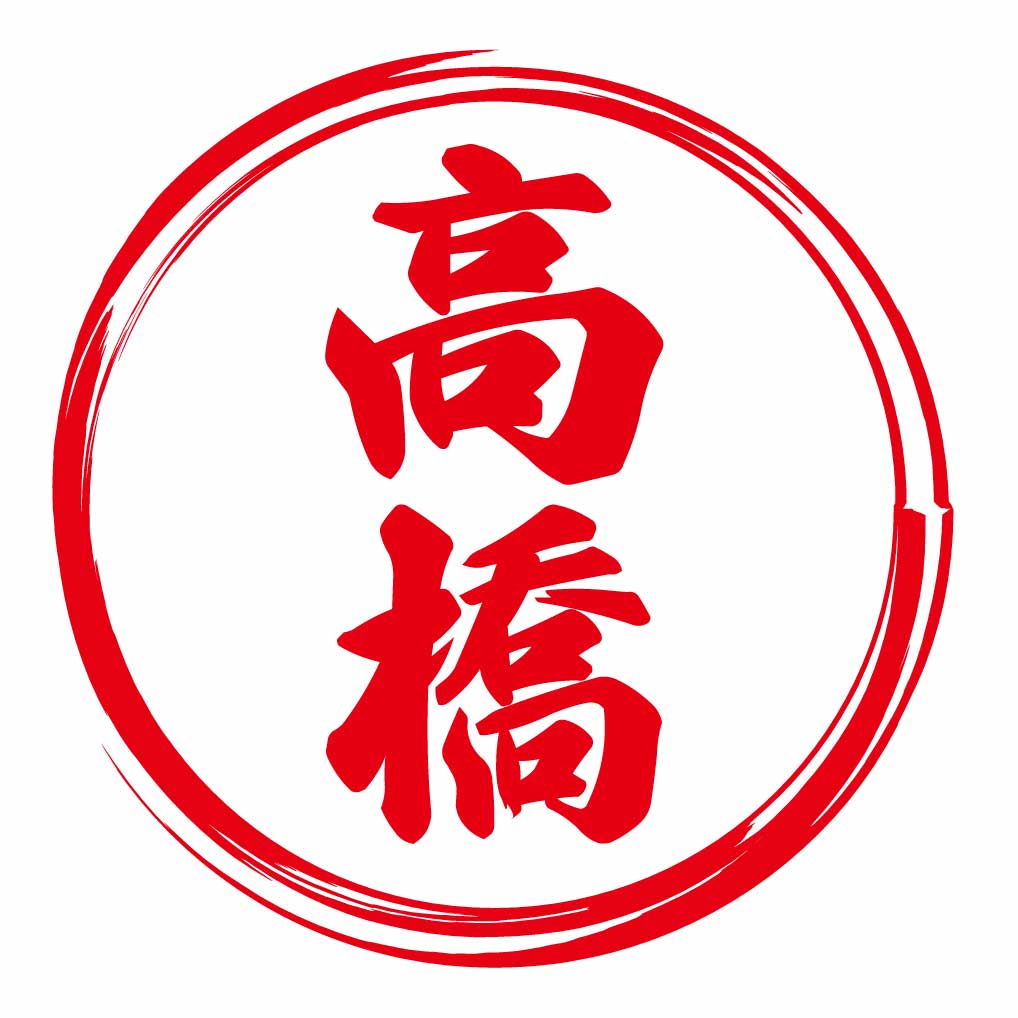
The third most common surname is “高橋 (Takahashi)”, with about 1,405,000 people sharing the name. The kanji 高 (taka) means “high” and 橋 (hashi) means “bridge”. Although there are many theories about the origin of this surname, arguably, the most popular one is that it originated from a bridge built over a ravine in Yamato Province (present-day Nara Prefecture). It is said that when the bridge was seen from the ground, it appeared to be much higher than it actually was, therefore the people living there began to call themselves “Takahashi”.
4. Tanaka
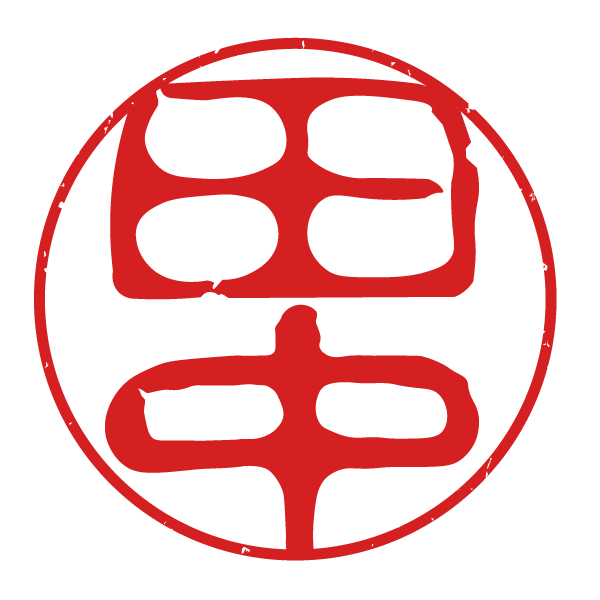
Coming in at number 4 in the rankings is “田中 (Tanaka)”. There are about 1,330,000 people in Japan with this surname, and most of them live in the western part of the country. The meaning of these kanji symbols is 田 (ta) meaning “rice field” and 中 (naka) meaning “inside” or “middle”. The roots of this surname are strongly linked to the fact that it was very common for people to work in the middle of rice fields. Japan has a long history and culture involving the harvesting and eating of rice, which has played a major role in the formation of various Japanese names including Tanaka.
5. Ito
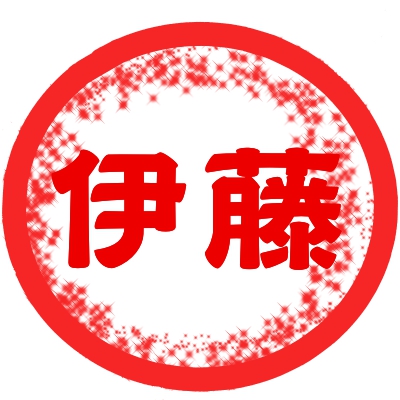
With an estimated 1,069,000 people, “伊藤 (Ito)” is the fifth most common surname in Japan. In addition to the Ito surname with these specific kanji, there is another surname with the same pronunciation but different kanji, 伊東 (Ito). This surname is especially common in Mie Prefecture, and seems to have originated there as well. The origin of the Ito surname is said to have started from one of the descendants of the Fujiwara clan (藤原氏), similar to the Sato surname. The descendant came to Ise (present-day Mie Prefecture) and started using it as a surname by combining “伊 (I)” from 伊勢 (Ise) with “藤 (to)” of 藤原 (Fujiwara).
6. Watanabe
渡
辺
The sixth most common surname in Japan is “渡辺 (Watanabe)”, with about 1,059,000 people nationwide. This surname also has an alternative kanji spellings similar In addition to 渡辺. One common version of the Watanabe surname is 渡邊 (Watanabe). In total, there are actually 58 different Japanese surnames with the pronunciation Watanabe! The kanji 渡 (Wata) means “to pass” and 辺 (be) means “around” or “neighborhood”. Although there are said to be several roots of the Watanabe surname, one the most believed theories is that it comes from the occupation “渡部 (Watabe)” a tradition ferryman occupation from old times.
7. Yamamoto
山
本
“山本(Yamamoto)” is the seventh most common surname with 1,045,000 people possessing it, most of whom live in the western part of Japan. 山(Yama) means “mountain” and 本 (moto) means “book” or “main”. This name is said to have been derived from those who lived at the foot of mountains, given Japan’s mountainous terrain. Yamamoto literally means “the foot of the mountain” as “本” can also mean “base” or “root”. Incidentally, another common surname “山下 (Yamashita)” also comes from this idea, as it has the same meaning as Yamamoto.
8. Nakamura
中
村
At Number 8 is “中村 (Nakamura)”, with an estimated 1,040,000 people with the name nationwide. 中 (Naka) means “middle” or “center”, and 村 (mura) means “village”. The origin of the Nakamura surname dates back to the Yayoi period, when rice cultivation was first introduced to Japan. Rice cultivation later became the main form of agriculture, and as these fields developed, they would eventually transform into a village. As more of these villages formed and began to spread, the center of the village became known as “中村 (Nakamura)”. Depending on the cardinal direction that the newly formed village was facing, new surnames emerged. For example, the surnames below are said to have emerged this way.
・上村 (Uemura, Kamimura) *上 (Ue) means “upper”
・下村 (Shimomura, Shitamura) *下 (Shita) means “under”
・北村 (Kitamura) *北 (Kita) means “north”
・西村 (Nishimura) *西 (Nishi) means “west”
Learn Japanese at home!
Go! Go! Nihon offers a 2-week online course where you can take Japanese lessons at any time you want at home. This is a perfect course for beginners who want to start learning basic Japanese. A variety of lessons including written lessons, audio recordings, and role-play are included in this course, and you will also get to learn not only the Japanese language but its culture with demonstration videos. If you are planning to study in Japan or work in Japan, or just before traveling to Japan, this online course can be a good option to take as a first step to learning Japanese! You’ll get a certificate after finishing a course.
▶Go! Go! Nihon Japanese Crash Course
Japan Wonder Travel Tours
Japan Wonder Travel is a travel agency that offers guided tours throughout Japan.
From private walking tours to delicious Food and Drink tours, we can help you organize the best tours just for you! If you want to explore Japan and learn more about the history and backstories of each area you are visiting, our knowledgeable and friendly English speaking guides will happily take you to the best spots!
In addition, we can provide you with any assistance you may need for your upcoming trip to Japan, so please feel free to contact us if you have any questions or need some help!
▶Tokyo Tsukiji Fish Market Food and Drink Tour
Explore the most lively and popular fish market in Tokyo and try some of the local’s favorite street foods and sake with one of our friendly and knowledgeable English speaking guides!

▶Tokyo 1–Day Highlights Private Walking Tour (8 Hours)
There’s no better way to explore an area than taking a tour with a knowledgeable local guide. You will have the chance to learn about the history and interesting background stories of Tokyo, as well as discover some hidden gems which can be hard to do without a guide.

▶Mt. Fuji Day Trip Bus Tour from Tokyo
Experience the breathtaking views of Mt. Fuji by visiting the highlights of the area on our guided sightseeing bus tour! Departing from Shinjuku in central Tokyo, you can travel comfortably to all of the best spots in the area by bus.

▶Kyoto Private Full Day Walking Tour
On this full-day private tour of Kyoto, you will be able to see the highlights of Kyoto in just one day and at the same time develop a deeper understanding of both the culture of the area and Japan as a whole.

Follow us on Instagram, Facebook, Twitter, and TikTok for more travel inspiration. Or tag us to get featured!
Happy traveling!
Stay informed of the best travel tips to Japan, the most exciting things to do and see, and the top experiences to have with the Japan Wonder Travel Newsletter. Every week we will introduce you to our latest content.
